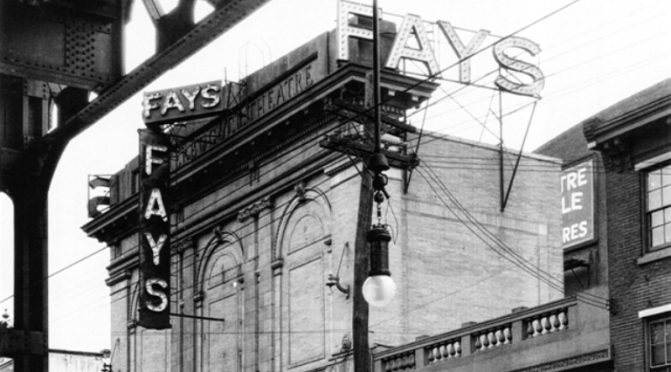All That Philly Jazz was an official partner of the 1st Annual Music Landmarks Virtual Fest, organized by the American Music Landmarks Project. The virtual event celebrated the architectural legacy of American popular music.


The Douglass Hotel, former home of the Cotton Club, Show Boat and Bijou Café, was featured on Day 2.

The Aqua Lounge, future location of Lee Morgan’s historical marker, was featured on Day 4.

Ticket holders have access to all Fest content through November 30, 2023.



























